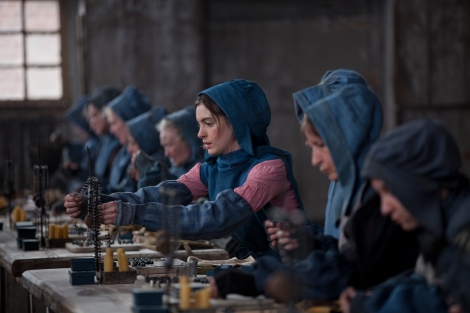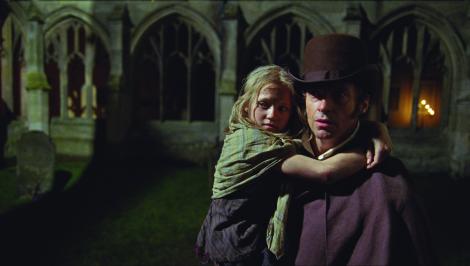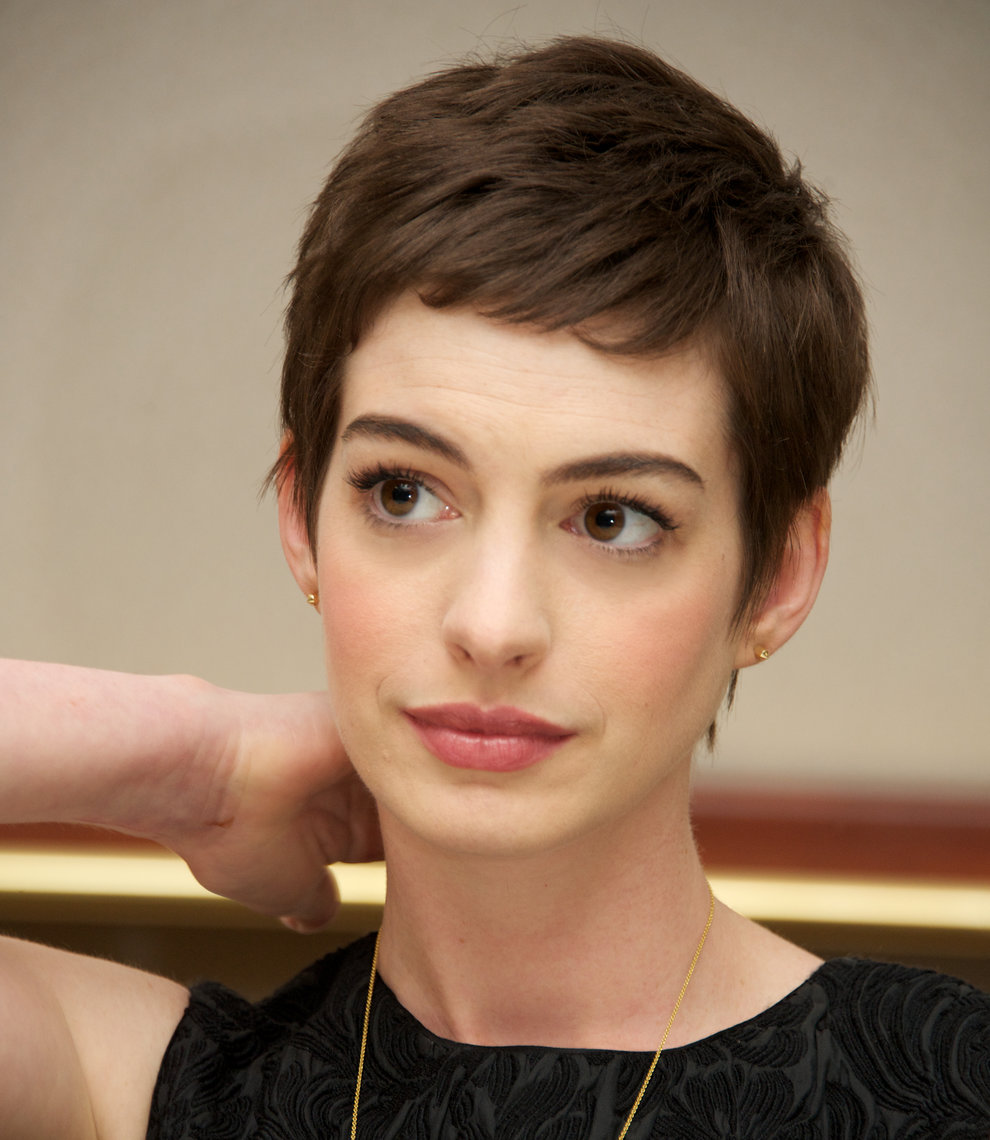Monica Corcoran Harel is an AwardsLine contributor. This article appeared in the Feb. 13 issue of AwardsLine.
If all roads once led to Rome, then most fashion runways now merge into the red carpet. For the past decade or so, celebrity stylists have cherry-picked the fashion runways for the very best frocks for their A-list clients on awards nights. In essence, you would first see a gown on Kate Moss and then on Cate Blanchett.
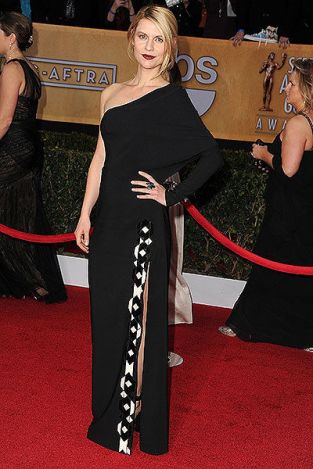
But more recently, the trend is for actresses to show up to the Golden Globes or Oscars in ready-to-wear or one-of-a-kind couture gowns that haven’t yet debuted at fashion week or the European shows. In many instances, the red carpet is the new runway. Case in point: The one-shoulder black-and-white column gown that Claire Danes’ wore to the SAG Awards came from Givenchy’s pre-fall 2013 collection.
“In an effort to trump other celebs, it’s become about wearing something that hasn’t even been seen on the runway yet”, says Cameron Silver, a fashion expert known for his serrated wit and the author of the new style encyclopedia, Decades: A Century Of Fashion. “The system is so out of control”.
By system, Silver means the big, greasy machine in which actresses and designers make exclusivity deals. Though no star or stylist will speak on the record about such dalliances, it’s been suggested that anywhere from $50,000 to $100,000 can come sewn into the hem of a red-carpet gown worn by a nominated actress. On a less cynical note, however, stylists can’t be blamed for calling first dibs on spectacular gowns that they preview. “The advantage to using dresses that haven’t been shown yet is that no one else has seen them”, says the powerful Hollywood stylist Elizabeth Stewart, whose clients include fashion risk-takers Blanchett and Oscar nominee Jessica Chastain. “There’s a better chance of a good dress not having been snapped up”.
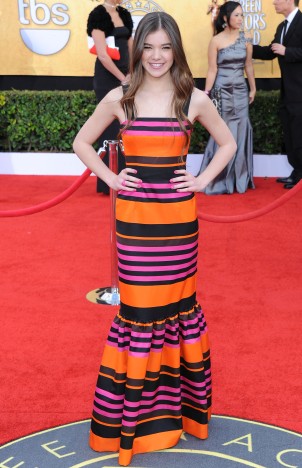
Wearing the right dress can be the first business flirtation between an actress and designer, too. A bit like a wink across the room. In 2011, 14-year-old Hailee Steinfeld was nominated for an Oscar for True Grit. Seizing a style moment, she wore a striking fuchsia-, tangerine-, and black-striped Prada dress with a flounced hem from the spring collection to the SAG Awards that year. The chic choice paid off. Within two months, Steinfeld became the new face of Miu Miu, Prada’s edgier little-sister label. Steinfeld was just spotted front row at the Chanel couture show in Paris, so stay tuned.
Jewelers, of course, must deliver never-before-seen sparklers too. Many stylists plunder the archives of a house like Cartier or Van Cleef & Arpels for statement pieces with heritage and vintage caché. “Finding the new unseen look and style in a piece of jewelry is also in top demand”, says Beverly Hills jeweler Martin Katz, who outfitted Jodie Foster, Sally Field, and Helen Hunt with lush diamond bracelets and bold earrings at this year’s Globes. “When I come up with unusual rings or bracelets that have not been seen on the red carpet before, stylists grab them immediately”.
If anyone can be held semi-responsible for all this pushing and shoving, it’s Nicole Kidman. Back at the Academy Awards in 1997, she hit the red carpet in an exotic chartreuse haute couture gown by John Galliano for Dior. (A facsimile of the dress had been spotted just a month earlier at the Paris show and the designer worked to customize it for Kidman.) No doubt, every other actress on the carpet that night later learned to pronounce “haute couture” with just the right French flourish.
And just as wearing never-before-seen runway dresses has become de rigueur, über stylist-turned-designer Rachel Zoe has upended the buffet once again. She put longtime client Anne Hathaway in a snow-white Chanel couture gown from 2009 at this year’s Globes. What? A 3-year-old dress? “Just because a dress was seen on the runway a couple of years ago but didn’t have its moment doesn’t mean that it’s out of fashion”, says Silver. In fact, if anything, it shows that a resourceful stylist can gild a forgotten gown like anyone else would lacquer an old credenza. Zoe also put Hathaway in a black spring 2013 Giambattista Valli couture gown for the SAG Awards this year.

Catherine Kallon, who founded the popular website Red Carpet Fashion Awards in 2007, has been visually comparing runway looks and their red-carpet translations for over five years. She sniffs at any criticism about petite Hollywood actresses being swallowed by dresses designed for statuesque woman with tiny ribcages. “For the most part, I think runway dresses translate better on the red carpet”, she says. “Just look at Lucy Liu in her Carolina Herrera gown at the Golden Globes for further proof. She owned the floral ball gown”.
Actually, she borrowed that gown and it was pre-fall 2013.



